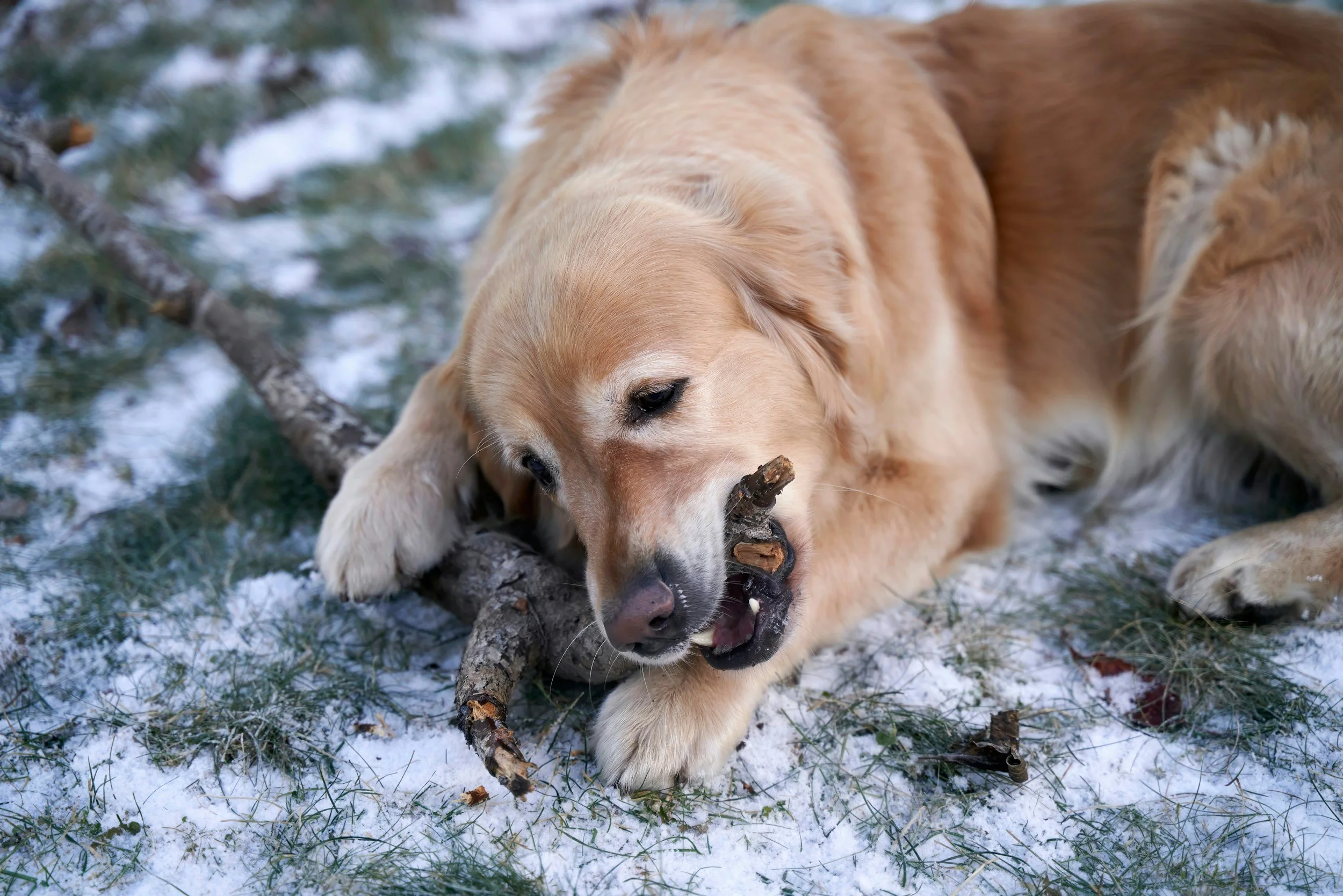Seasonal Nutrition: Adapting a Dog’s Diet for Colder Weather
As temperatures drop, dogs often burn more calories keeping warm—and face seasonal risks in food.
Adjusting Energy Needs
Outdoor active dogs may need +10–15% calories.
Indoor, low-activity dogs may need the same or slightly less to prevent weight gain.
Boosting the Immune System
Add omega-3s (fish oils, flax) for skin barrier support
Ensure balanced vitamins A, C, E for immunity
High-quality protein to maintain muscle
Foods to Watch Out For
Wild mushrooms: many toxic, avoid forest snacking
Nuts & acorns: GI upset or toxicity
Grapes/raisins: always poisonous
Helping Owners Visualize Risks
Owners often underestimate mushroom or nut risks—it’s natural, so it’s safe, right? VR modules (like those from VET VR) help clinics show exactly what happens inside the body after ingestion.
For Veterinary Teams:
Seasonal diet talks are clearer and quicker with visual aids that help owners see the “hidden” dangers.
